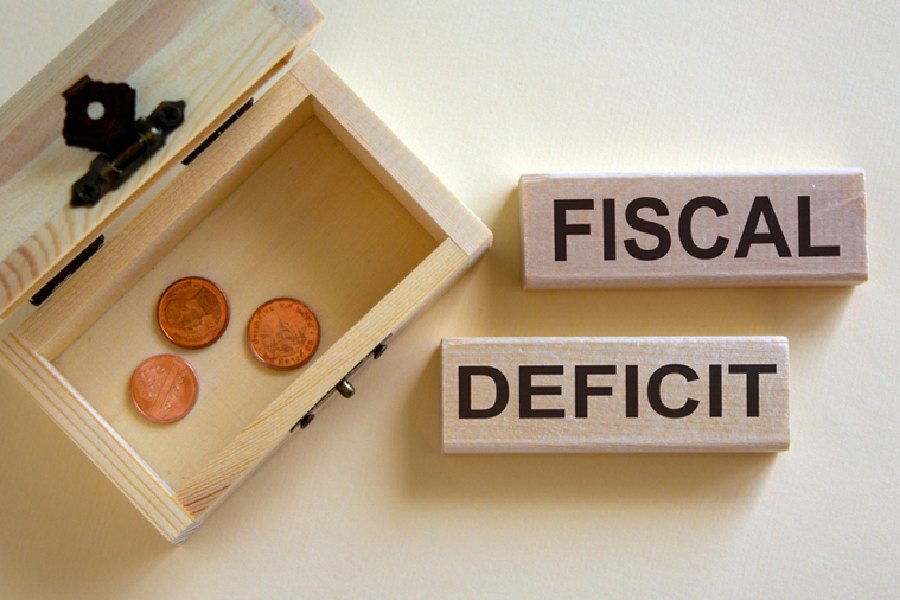India on Friday said the International Monetary Fund's projection of the general government debt exceeding 100 per cent of the country's GDP by 2027-28 is "misconstrued".
In a statement, the finance ministry said that several other countries are expected to perform worse than India on the debt front.
For instance, the corresponding figures of 'worst-case' scenarios for the USA, UK and China are about 160, 140, and 200 per cent, respectively, which is far worse compared to 100 per cent for India, the statement said.
"It is also noteworthy that the same report indicates that under favourable circumstances, the general government debt to GDP ratio may decline to below 70 per cent in the same period.
"Therefore, any interpretation that the report implies that general government debt would exceed 100 per cent of GDP in the medium term is misconstrued," the ministry said in its rebuttal to the IMF report following the annual Article IV consultation with Indian authorities.
Further, the ministry said the general government debt (including both state and centre) has steeply declined from about 88 per cent in FY 2020-21 to about 81 per cent in 2022-23, and the Centre is on track to achieve its stated fiscal consolidation target to reduce fiscal deficit below 4.5 per cent of GDP by FY 2025-26.
"The states have also individually enacted their fiscal responsibility legislation, which is monitored by their respective state legislatures.
"Therefore, it is expected that the general government debt will decline substantially in the medium to long term," it said.
As per Article IV consultation report by the IMF earlier this week, while the budget deficit has eased, public debt remains elevated and fiscal buffers need to be rebuilt.
IMF reviews a country's current and medium-term economic policies and outlook.
Looking forward, India's elevated public debt calls for additional revenue and expenditure measures, such as further GST and subsidy reforms, while continuing to prioritise public investment and targeted support for the vulnerable, the report said.
Meanwhile, defending India's position, the finance ministry in the statement said, it is important to note that general government debt in India is overwhelmingly rupee-denominated, with external borrowings from bilateral and multilateral sources contributing a minimal amount.
"This has been highlighted in the IMF Report. Domestically issued debt, largely in the form of government bonds, is mostly medium or long-term with a weighted average maturity of roughly 12 years for central government debt. Therefore, the rollover risk is low for domestic debt, and the exposure to volatility in exchange rates tends to be on the lower end," it said.
The shocks experienced this century by India were global in nature such as the global financial crisis, taper tantrum, Covid and Russia-Ukraine War, and these shocks uniformly affected the global economy and barely few countries remained unaffected, the statement said.
Therefore, the ministry said that any adverse global shock or extreme event is expected to uni-directionally impact all the economies in an interconnected and globalised world.
A cross-country comparison shows that India has done relatively well and is still below the debt level of 2002, it added.

